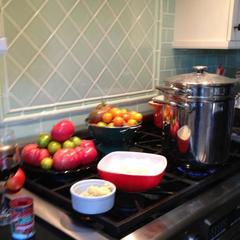-
Welcome to the eG Forums, a service of the eGullet Society for Culinary Arts & Letters. The Society is a 501(c)3 not-for-profit organization dedicated to the advancement of the culinary arts. These advertising-free forums are provided free of charge through donations from Society members. Anyone may read the forums, but to post you must create a free account.
Pastry Experts Please Help! re: Pate Brisee
-
Similar Content
-
- 132 replies
- 21,332 views
-
- 1 reply
- 690 views
-
- 243 replies
- 59,924 views
-
- 110 replies
- 31,078 views
-
- 7 replies
- 1,333 views
-
-
Recently Browsing 0 members
- No registered users viewing this page.






Recommended Posts